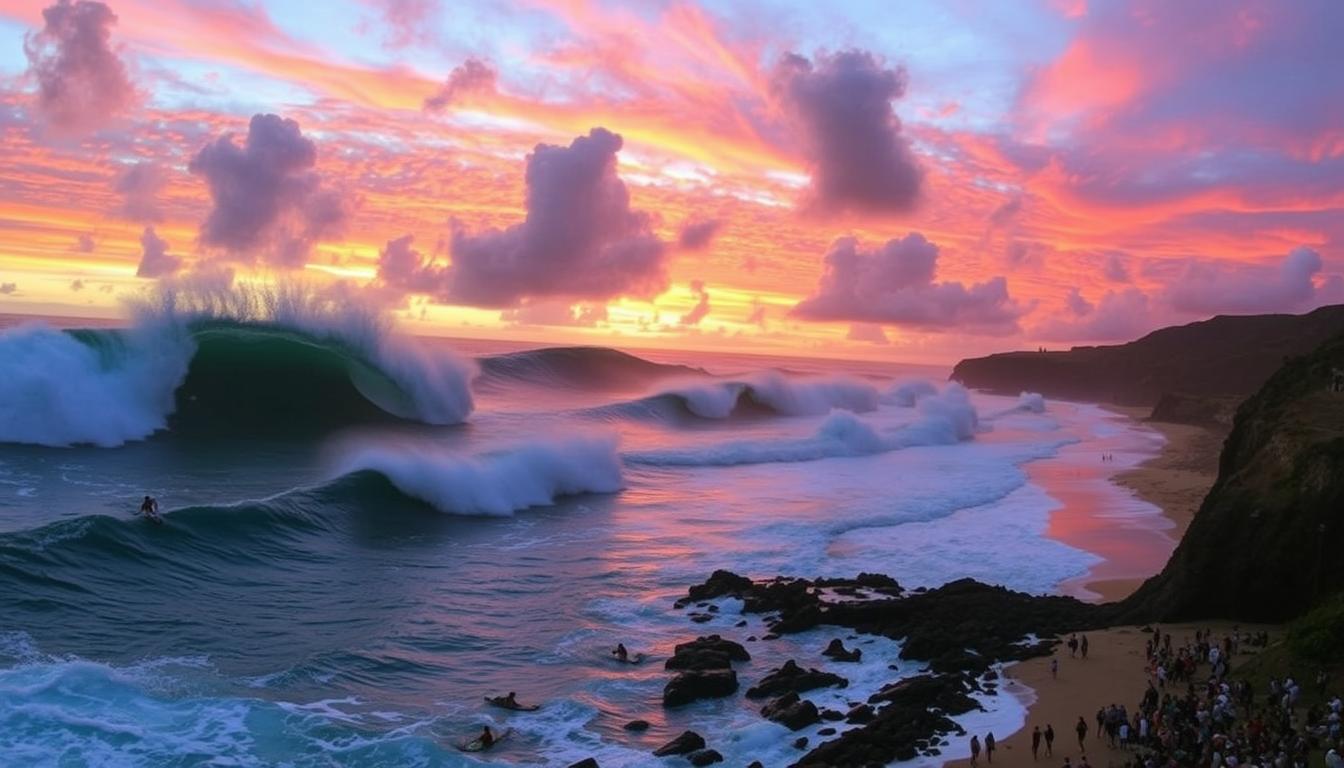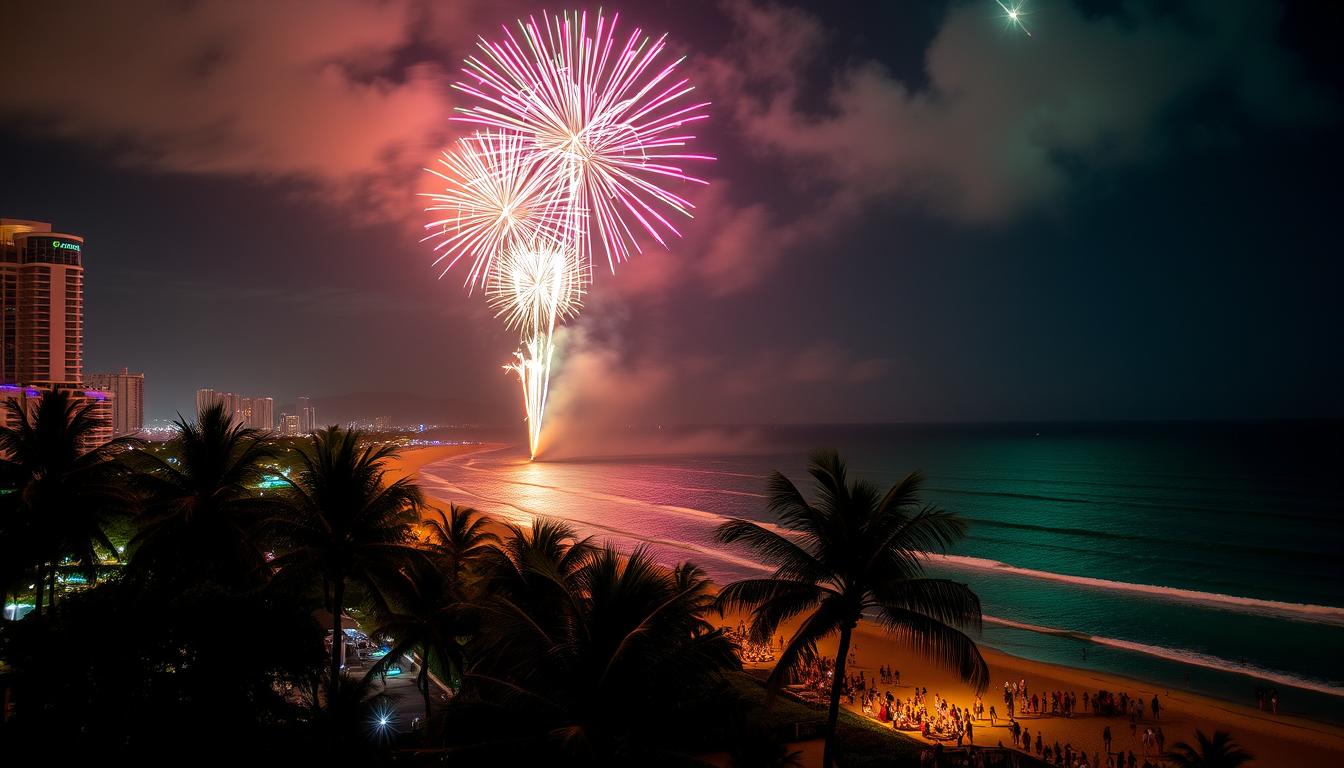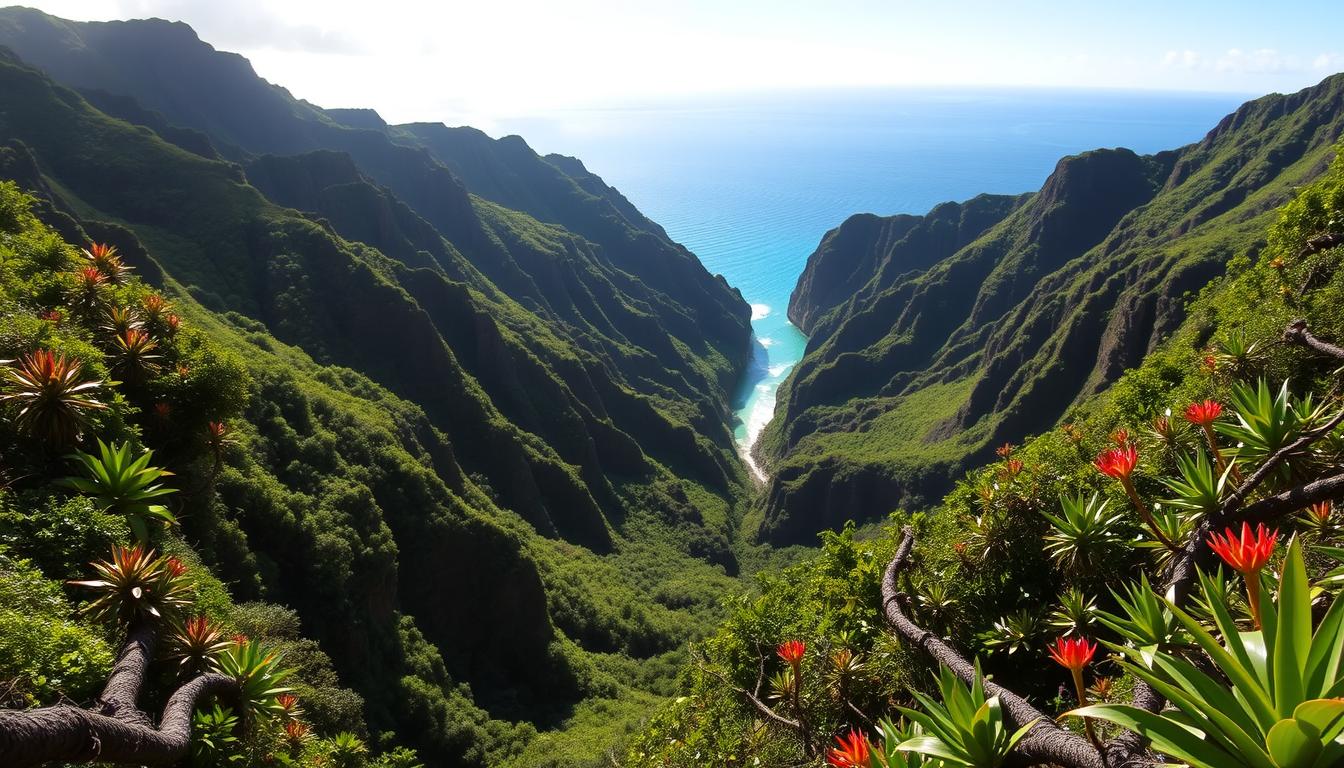The United States of America is a vast and diverse nation, made up of 50 states each with its unique history and culture. The last to join this union was the beautiful island paradise of Hawaii, which became the 50th state on August 21, 1959. But the journey to statehood was not a simple one. It’s a story filled with cultural clashes, political maneuvering, and a struggle for identity. Let’s delve into the fascinating history of how Hawaii became a state.
The Kingdom of Hawaii
Before it was a U.S. state, Hawaii was a sovereign kingdom. The Kingdom of Hawaii was established in 1795 by King Kamehameha the Great, who united the Hawaiian Islands through a series of battles. The kingdom thrived for nearly a century, maintaining its independence despite the growing influence of foreign powers.
The Overthrow of the Hawaiian Monarchy
However, by the late 19th century, American businessmen had established a significant presence in Hawaii, particularly in the sugar industry. In 1893, a group of these businessmen, backed by U.S. Minister John L. Stevens and a contingent of U.S. Marines, staged a coup against Queen Liliuokalani, the last reigning monarch of Hawaii. The queen was forced to abdicate, and the Kingdom of Hawaii was overthrown.
Annexation by the United States
Following the overthrow, a provisional government was established, which quickly sought annexation by the United States. However, President Grover Cleveland, who was in office at the time, opposed the annexation, believing it to be an illegal act of imperialism. It wasn’t until 1898, during the presidency of William McKinley and amidst the backdrop of the Spanish-American War, that Hawaii was officially annexed to the United States as a strategic military outpost in the Pacific.
The Path to Statehood
For the next six decades, Hawaii remained a U.S. territory. During this time, it saw significant economic and demographic changes. The growth of the pineapple and sugar industries attracted workers from across the world. The population became a melting pot of different cultures, including Japanese, Filipino, Chinese, Korean, Portuguese, and Puerto Rican immigrants, in addition to the native Hawaiians and Caucasian Americans.
The push for statehood began in earnest after World War II. The war had highlighted Hawaii’s strategic importance, and its residents had shown their loyalty and patriotism. However, the path to statehood was fraught with obstacles. Many mainland Americans had misconceptions about Hawaii’s population and culture. There were concerns about the islands’ majority non-white population.
Hawaii Becomes the 50th State
Despite these challenges, Hawaii’s advocates fought tirelessly for statehood. Their efforts finally paid off on March 18, 1959, when President Dwight D. Eisenhower signed the Hawaii Admission Act. This was followed by a plebiscite in June, in which more than 93% of Hawaii’s residents voted in favor of statehood. On August 21, 1959, Hawaii officially became the 50th state of the United States.
The story of Hawaii’s journey to statehood is a complex and fascinating one, marked by cultural clashes, political maneuvering, and a struggle for identity. It’s a testament to the resilience and determination of its people. Today, Hawaii is not only a popular tourist destination but also a unique cultural melting pot and a vital part of the United States. As we celebrate the anniversary of its statehood, let’s remember the rich history and diverse cultures that make Hawaii the vibrant state it is today.

Scott Sweeney is the creator of Virtual Hawaii 360. Scott is a professional marketer and a lifelong Hawaii enthusiast. Scott splits time between Oahu and Dayton, Ohio. In addition to his marketing endevours, he is also a published Ukulele musician.





